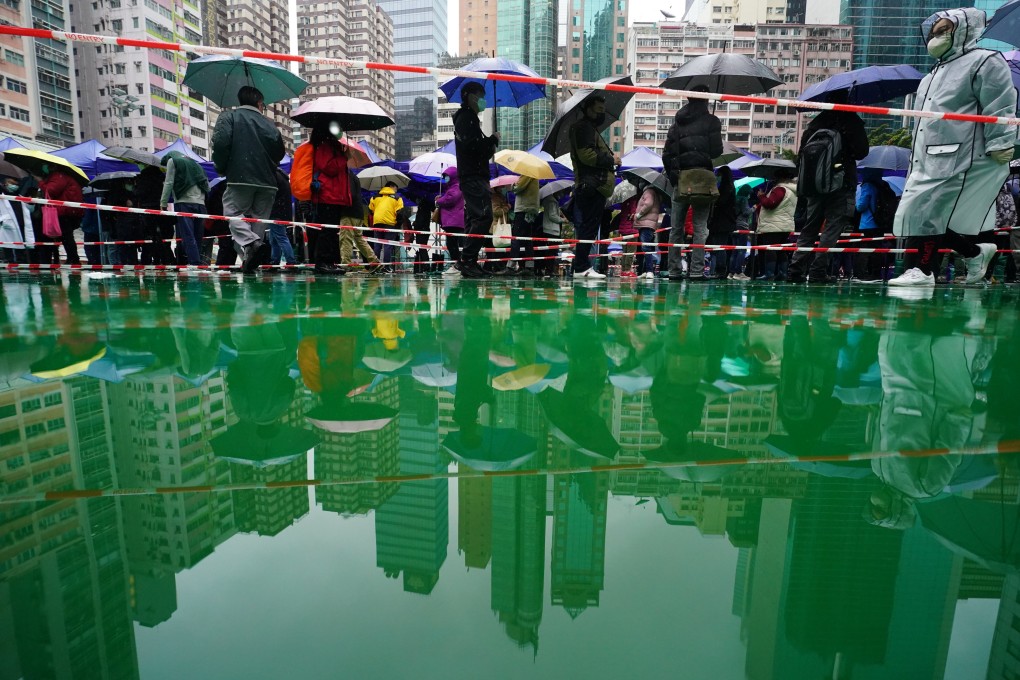Senior Chinese officials are managing the response to Hong Kong’s Covid-19 crisis from a villa in Shenzhen
- Top-level group was set up last week to coordinate efforts to tackle Hong Kong’s worst coronavirus outbreak
- Mainland government source says they are working ‘round the clock’ and decisions are being made at top speed

They are doing so from the Shenzhen Kylin Villa, located at the foot of a mountain in the city’s Nanshan district, which has for decades been used for official gatherings.
It is being led by Xia Baolong, director of the State Council’s Hong Kong and Macau Affairs Office.
One mainland government source familiar with the situation said officials were working “round the clock” because Beijing’s top leadership wanted a “decisive victory” over the outbreak as soon as possible, noting that the instruction had come from Xi himself and Vice-Premier Han Zheng.
“We were called in without an end date in mind – we’re working here until Hong Kong no longer has Covid-19 cases,” said the source, speaking on condition of anonymity due to the sensitivity of the matter.